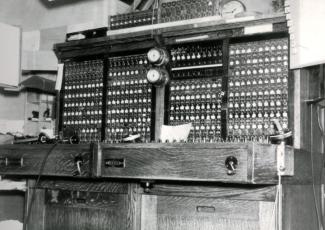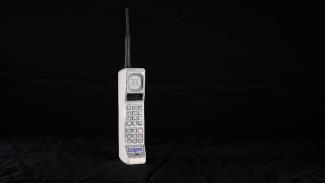The Texting Revolution
In the early 2000s, flip phones became the hot new device. The Motorola Razr was by far the most popular of these phones with over 130 million being sold over its lifetime. It was sleek and modern and almost everyone had one or knew someone that had one. Fast forward a few years to 2008 – a time when texting had already become an integral part of our daily lives, and Cellcom achieved another milestone with the transmission of the billionth text message through its network. This pivotal moment underscored the seismic shift in the way people interacted with their phones. What once started as a simple method of sending short messages had evolved into a communication phenomenon that took the world by storm.
The Smartphone Era
The first smartphone came in 2003 with the Kyocera 7135. It was still a flip phone but with 1x connectivity. With the dramatic unveiling of the iPhone in 2007 by Steve Jobs, the cellular market was forever changed, and the modern smartphone was popularized. The smartphone became an indispensable companion for millions around the world, equipped with touchscreens, internet access, and an ever-expanding array of apps. In 2012, Cellcom became the fifth carrier in the United States to launch the iPhone. This came in the same year that 4G LTE launched, giving customers the best experience for the next generation of technology.
5G and the Future
Now in 2023, our phones are integral to our personal and work lives, with smartphones being our one stop shop for all things productivity, entertainment, communication, news, and so much more. With 4G LTE established as the standard for cellular signal, 5G is the next emerging technology, once again pushing the limits of what phones can do for us. Cellcom launched a 5G network in 2022 and will continue to expand it throughout northeast Wisconsin. As we stand on the cusp of a new era, it's exciting to ponder what the future holds for phone technology. The current landscape is one of AI-powered assistants, 5G connectivity, augmented reality, and foldable screens.
As we reflect on the milestones of the past, we realize that the evolution of phone technology is a story of constant adaptation, innovation, and the human spirit's unyielding quest for connectivity. Who knows what the future holds? One thing is certain – the history of phone technology is a tale that continues to unfold, reshaping the way we connect, communicate, and experience the world around us.



